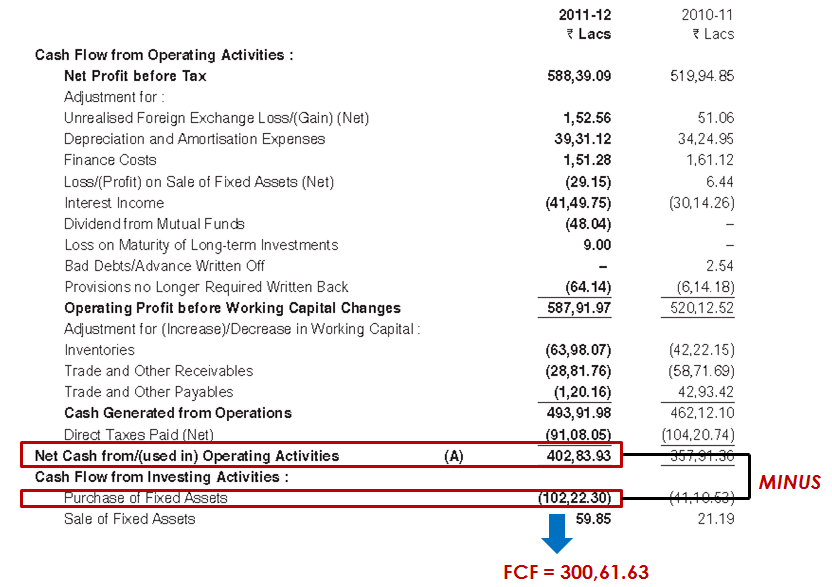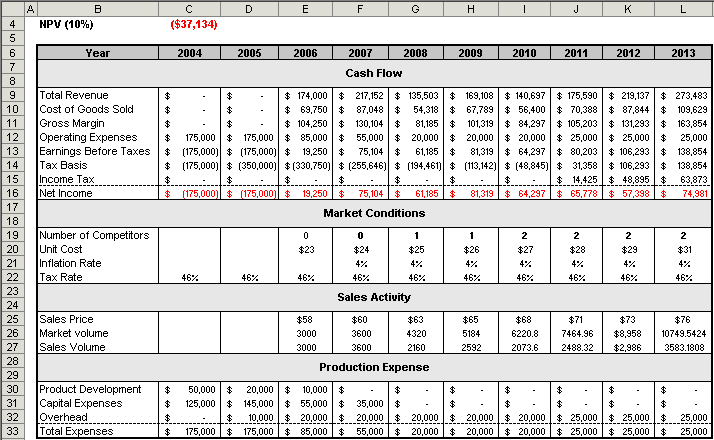NPV Calculator Calculate and Learn About Discounted Cash Flows
Post on: 16 Март, 2015 No Comment

The NPV Calculator on this page will help you to determine the desireability of an investment by instantly calculating its net present value.
This calculator will help you to determine what net impact a prospective investment will have on future cash flows when accounting for the time value of money — without having to deal with time-consuming present value tables.
And not only will the calculator instantly calculate the net present value of a prospective investment, but it will also generate a discounted cash flows chart showing how it arrived at its answer.
Plus, if you are doing sensitivity analysis (what-if scenarios), the calculator will provide you with a printer friendly report that you can print out and use for your comparisons.
What is NPV?
The term NPV stands for Net Present Value, which is a Discounted Cash Flow (DCF) method used in forecasting the long run desirability of an investment (capital outlay).
Specifically, net present value discounts all expected future cash flows to the present by an expected or minimum rate of return. This expected rate of return is known as the Discount Rate. or Cost of Capital.
If the net present value of a prospective investment is a positive number, the investment is deemed to be desirable. On the other hand, if the net present value turns out to be a negative number, then the investment is deemed to be undesirable.
Furthermore, net present value analysis can also be used to determine which of two or more alternative desirable investments is the most desirable.
What is a Discounting?
Think of discounting as the opposite of compounding. In compounding you take a present amount (principal) and compound the interest earnings into the future. Whereas discounting takes a future value and discounts it back to the present (principal).
To illustrate the difference between compounding and discounting, if you were to invest $100 today in an investment that paid a 10% annual return, and you wanted to know how much your investment would be worth 1 year from now, you would compound the interest by multiplying the principal by 1 plus the rate (100 x 1.10 = $110).
Conversely, if you wanted to know how much you would need to deposit today in order for your investment to grow to $110 in 1 year, you would discount the future value by dividing it by 1 plus the rate (110 1.10 = $100).
What is the Discounted Cash Flow (DCF) Method?

In the case of net present value analysis, the DCF method takes each future cash flow and reduces the amount by how much of that cash flow represents interest earned if its principal portion were invested at the time investment originated.
Then, once all future cash flows have been discounted, to arrive at the net present value you then sum all discounted cash flows and subtract that amount from the original amount invested.
How is the Discount Rate Determined?
Typically, when deciding what rate to use when discounting cash flows, the rate used is equal to the highest rate you know you could earn elsewhere.
For example, if you know of two other alternative investments (A & B) and if you know with a fair amount of certainty that you could earn 6% in alternative A and alternative B would earn 5%, then use alternative A as the rate for discounting cash flows.
Why is NPV Important?
In order to demonstrate the importance of net present value analysis, suppose I ask you for $1,000 today, and in exchange I promise to pay you $200 per year for five years, and then give you an extra $100 in year six, as shown in the following cash flow chart:














